Wireless Charging Explained: A Simple Guide
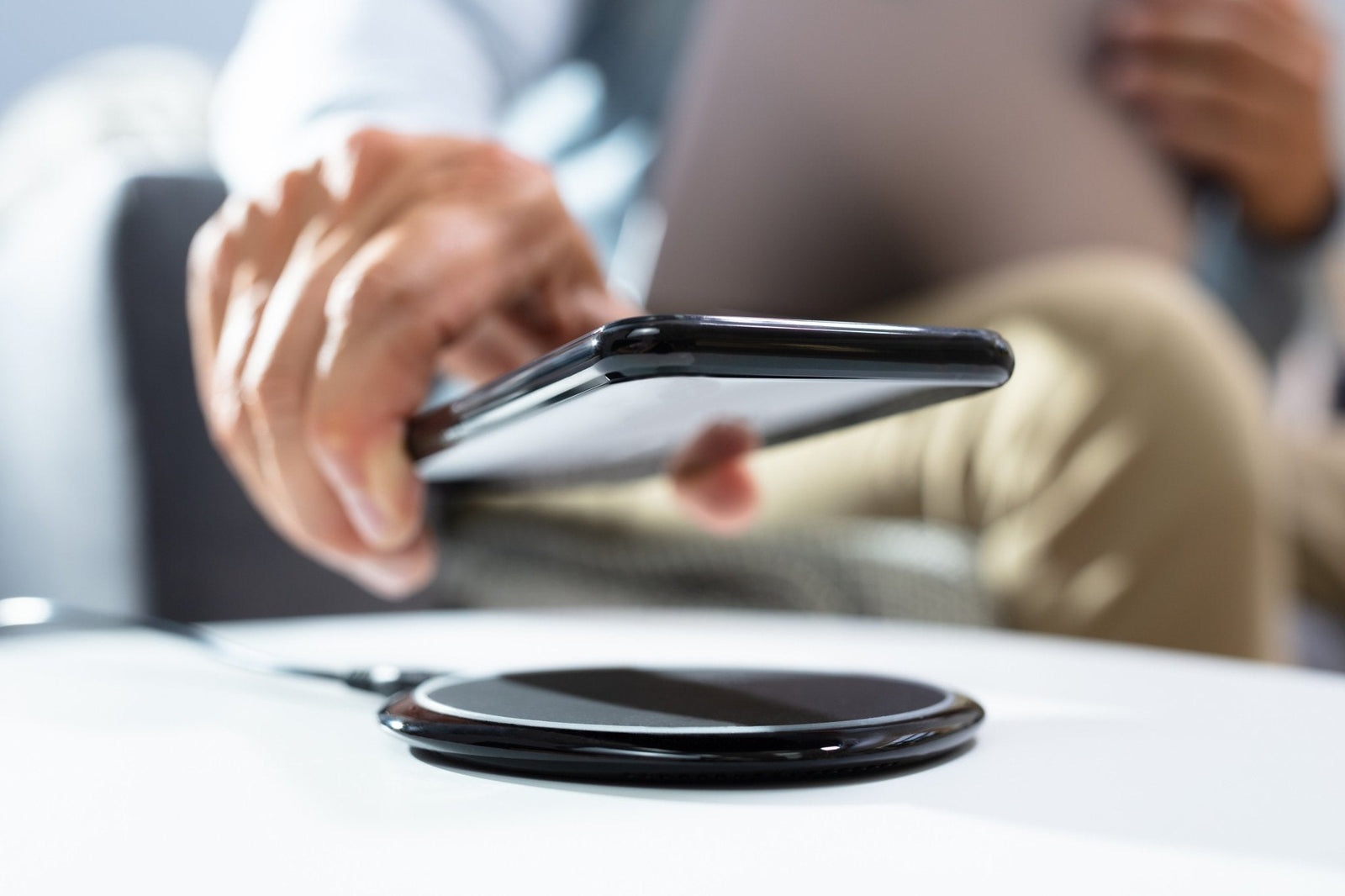
Wireless charging is quickly becoming a must-have feature for mobile devices. But how do you know if your phone is ready for it? If you're wondering do wireless chargers work on all phones? this post covers everything you need to know, from how wireless charging works to which phones support wireless charging and the types of chargers available. We'll also discuss whether it's actually bad for your battery and what the future holds for this convenient technology.
We dreamed of cars that drove themselves, lights that turned on with the sound of your voice, and in-home virtual assistants. We even dared to dream of wireless chargers. It's crazy to think that those are all here today, and - most recently - wireless chargers have taken off as a daring trend.
Everyone is excited about the wireless charging trend, but not every phone is compatible with it. If you're wondering whether or not your phone compatible with wireless charging, keep reading. We're going to talk about wireless charging technology and how you can figure out if your phone works with it.
|
At 5.8mm, this is the slimmest and strongest wireless charging pad on the market. Delivers 15W of Qi wireless charging power. Charges 50% faster than ordinary wireless chargers. Shop Now |
Key Takeaways
- Wireless charging offers convenience: Simply place your phone on the charging pad – no cables needed. This reduces wear and tear on your charging port, but it's generally slower than wired charging.
- Compatibility matters: Check the Qi Wireless Database or your phone's specs to confirm it supports wireless charging. If not, a wireless receiver can bridge the gap. Also, be mindful of your phone case; some materials can interfere with charging.
- Keep it safe and cool: Use Qi-certified chargers and avoid placing metal objects between your phone and the charger. If your phone gets unusually hot while charging, move it to a cooler spot.
How Does Wireless Charging Work?
Wireless charging is more intuitive than you may think. It's a complex process that involves making signals pass through your phone.
The energy from the charging pad is transferred through the phone to the phone's battery via electromagnetic waves. This process is known as induction and can be found all over the world of technology.
Here is the step-by-step process for how this induction technology works in your phone:
- The manufacturer makes your smartphone with a receiver induction coil inside of it. This coil is made of copper.
- The manufacturer makes the charging pad with a transmitter coil inside of it. This coil is also made of copper.
- When your phone is placed on the charging pad, the transmitter coil inside of the charging pad makes an electromagnetic field.
- The receiver induction coil inside of your smartphones takes the energy from the electromagnetic field and converts it into power for the phone. This process is called 'electromagnetic induction.'
You can find induction technology in your bathroom and your kitchen. You might find it at work or at the doctor's office.
Wireless charging is an old idea placed with a new device. The key to making wireless charging work is to make sure that the electromagnetic waves aren't harming the device. Making the energy travel over short distances may not seem like a big deal, but it's a truly marvelous feat of science and technology.
What is Qi Wireless Charging?
If you've been interested in wireless charging for a while, you've likely seen the symbol 'Qi.' The Wireless Power Consortium created this symbol in 2008. It is actually a Chinese word that is pronounced "chee" and translates to "energy flow."
Qi currently serves as the universal standard for wireless charging. This means that all of those who are making wireless charging technology are using the Qi standards to do so.
You might be wondering why there has to be a standard for wireless charging. The truth is that there doesn't have to be. In fact, every company could go about making their devices in a different way if they wanted to.
However, companies respect Qi as the standard so that their customers can charge their devices with any Qi wireless charger. This means that their customers can use ten different Qi wireless chargers and get a consistent charge, whether they're made by the same manufacturer or not.
Having a standard is better for the consumers of these products. It also prevents monopolizing.
Which Phones Support Wireless Charging?
View our list below of all the major phones that have wireless charging capabilities or search the latest list of Qi compatible devices through the Qi Wireless Database. If your phone isn't on this list or you're not sure if it's capable of wireless charging, contact your wireless provider.
- Apple: iPhone 8 and newer
- Blackberry: Passport, Priv, CLassic, Z30 (and more)
- Google: Pixel 3 and newer
- LG: Optimus F5, Vu 3, Spectrum 2, Optimus G Pro, Optimus IT L-05E, Vu 2, G2, G3, G4, V10, V30, V35, G6 Plus, G7 ThinQ, V40 ThinQ, V50 ThinQ, G8 ThinQ, G8s ThinQ, Velvet (and more)
- Motorola: Moto Maxx, Moto 360, X Force, Froid Turbo 2, Edge+, Edge 30 Pro (and more)
- Nexus: Nexus 5 and newer
- Nokia: Lumia 735, Lumia 830, Lumia 920, Lumia 928, Lumia 930, Lumia Icon 929, Lumia 1520, 8 Sirocco, 9 PureView (and more)
- OnePlus: 8T, 8 Pro
- Samsung Galaxy: Galaxy Z Fold 4, Galaxy Z Flip 4, Galaxy S22, Galaxy S22+, Galaxy S22 Ultra, Galaxy S21 FE, Galaxy Z Fold 3 5G, Galaxy Z Flip 3 5G, Galaxy S21, Galaxy S21+, Galaxy S21 Ultra, Galaxy Z Fold 2, Galaxy S20 FE, Galaxy S20, Galaxy S20+, Galaxy S20 Ultra, Galaxy Z Flip 5G, Galaxy Z Flip, Galaxy Fold, Galaxy S10, Galaxy S10E, Galaxy S10+, Galaxy S9, Galaxy S9+, Galaxy S8, Galaxy S8+, Galaxy S7, Galaxy S7 Edge, Galaxy S7 Active, Galaxy S6, Galaxy S6 Edge, Galaxy S6 Active, Galaxy Note 20 Ultra 5G, Galaxy Note 20 5G, Galaxy Note 20, Galaxy Note 10+, Galaxy Note 10, Galaxy Note 9, Galaxy Note 8, Galaxy Note 5, Galaxy Buds+, Galaxy Buds, Galaxy Gear S3, Galaxy Gear S2, Galaxy Watch, Galaxy Watch Active (and more)
- Sony: BSP10, Xperia 1 II, Xperia XZ3, Xperia XZ2 (and more)
If you don't see your phone here, it's likely that it could not be compatible with wireless charging. Again, be sure to double-check with your mobile provider or your phone manufacturer. You may have a newer model that isn't updated on this list or you may have a lesser-known model.
Can I Wirelessly Charge My Phone Without Qi?
While it's not suggested by phone manufacturers, there is a way to charge your phone without Qi compatibility. All you need is your phone, a wireless charging pad, and a wireless micro-usb, type-c or lightning receiver.
- Take your phone out of its case (if it is in one).
- Plug the wireless receiver into your phone.
- Press the bulky part of the wireless receiver on the back of your phone. This is the part that holds the wiring that isn't placed into your phone. It's likely rectangular in shape.
- Put your phone case back on, leaving the wireless receiver in the case.
- Set up your wireless charger.
- Place your phone on the wireless charger.
Tada! This should get your phone working for wireless charging. However, we should note that those of you with clear cases may find the wireless receiver to be a bit too revealing through the case.
You may look for a wireless charging case instead. These have wireless receivers built into them. In fact, there are Qi cases that are made for phones that aren't Qi compatible.
Is Wireless Charging Safe for My Phone's Battery?
Over the years, there have been several claims that wireless charging may be bad for smartphones. However, according to the Wireless Power Consortium, wireless charging is equivalent to the factors of wired charging for battery damage.
All rechargeable batteries degrade over time. The more that you use the battery, the less capacity that the battery will be able to hold.
Your battery will degrade slowly with each charge cycle. A charge cycle is defined by the following:
- The battery is fully charged and then drained completely.
- The battery is charged starting at 50% and then is drained down to 50%.
Many people claim that wireless charging increases the rate of these cycles occurring, but the Wireless Power Consortium has rejected these and similar claims.
Some people also believe that wireless charging may overcharge their phones. This is also false. Your smartphone's battery cannot exceed 100%.
In fact, some wireless charging devices will stop once your phone's battery reaches 100%. However, this becomes questionable if your phone is left on the charging pad overnight.
The charging pad may stop when your phone hits 100%, but it will start back charging once your battery falls to 99% again. This means that your phone will go from 99% to 100% to 99% to 100% over and over and over again. This has been cited to cause issues with a phone's battery life.
We should also note that all of the components of your wireless charger matter in order to get a fast charging speed. For example, your block may be 3+ amps, your cord may be 3+ amps, and your charging pad may be 15W. Make sure that you're buying quality charging materials if you're looking for a quick, effective charge.
Does My Phone Case Affect Wireless Charging?
Some phone cases can prevent your phone from charging on a charging pad. This is because the electromagnetic waves are only built to travel short distances. If your phone case is too thick or has a nontransmissible material, you may have trouble charging your phone with it on.
Thin cases that are made of plastic, rubber, silicone, and leather usually work with wireless charging pads just fine.
If you find that your case doesn't work with wireless charging, you will have to remove the case before charging your device. You could also invest in a case that is compatible with wireless charging.
|
At 5.8mm, this is the slimmest and strongest wireless charging pad on the market. Delivers 15W of Qi wireless charging power. Charges 50% faster than ordinary wireless chargers. Shop Now |
Is Wireless Charging Faster Than Wired Charging?
Unfortunately, wireless charging is not faster than wired charging yet. There are predictions that quicker, wireless charging is coming, but we haven't seen it on the market yet. However, some people are willing to trade convenience for speed since most people charge their devices overnight.
Wireless charging will naturally improve as phone companies look to improve speeds with each operating system update and new device. It seems like it may be a race to determine the fastest phone for wireless charging.
Although, you can't beat fast charging cables if you're looking for speed right now.
Where Can I Buy a Wireless Charger?
We've got what you need if you're looking for wireless charging gear. Our wireless charging pad runs at 15W, letting it charge 50% faster than other wireless chargers.
If your phone is compatible (or you've invested in a wireless receiver), you need a wireless charging pad to get started. Get one today and reap the benefits of wireless charging.
If you'd prefer wired charging, we have wired chargers as well.
Benefits of Wireless Charging
Convenience and Reduced Wear and Tear
Let’s be honest, plugging and unplugging charging cables can be a bit of a hassle. Wireless charging is undeniably more convenient. Simply place your phone on the charging pad and you’re done. This ease of use also reduces wear and tear on your device's charging port, which can extend its lifespan. No more fumbling with cables in the dark! Plus, let’s face it, a clean, uncluttered nightstand just looks nicer.
Portability and Versatility
While you do need a charging pad, the beauty of wireless charging lies in its universality. Inductive charging, the technology behind wireless charging, is used in a wide range of devices, from smartphones and electric toothbrushes to even electric vehicles. This means that the same basic principle can power a variety of devices, making it a versatile charging solution for our increasingly interconnected world.
Drawbacks of Wireless Charging
Slower Charging Speeds
One of the main downsides of wireless charging is that it's generally slower than wired charging. While advancements are being made, if you're in a hurry and need a quick power boost, a good old-fashioned wired charger like KEUTEK’s fast wall chargers is still the way to go. For those who prefer to charge overnight or throughout the day, the slower speed might not be a significant issue.
Cost Considerations
Wireless charging technology can be more expensive than traditional wired charging. This applies to both the charging pads themselves and, in some cases, phones that are compatible with wireless charging. While prices are coming down, it's still an added expense to consider.
Limited Mobility While Charging
Unlike wired charging, where you can still use your phone while it's plugged in (albeit a bit awkwardly), wireless charging requires your device to stay on the charging pad. This limits your mobility while charging. You can't pick up your phone to answer a call or quickly check a message without interrupting the charging process.
Wireless Charging Safety Tips
Use Qi-Certified Chargers
For safe and effective wireless charging, always use Qi-certified chargers. These chargers have been tested and verified to meet industry standards, ensuring compatibility and minimizing the risk of damage to your device. KEUTEK’s 15W Fast Wireless Charger is Qi-certified, providing you with a safe and reliable charging experience.
Avoid Interference from Metal Objects
Avoid placing any metal objects, including magnetic mounts, credit cards, or metal cases, between your phone and the charger. These objects can interfere with the charging process and potentially cause overheating or damage to your device. Stick to slim, non-metallic cases for optimal wireless charging.
Manage Heat Generation
It's normal for your phone to get slightly warm during wireless charging. However, excessive heat can be a sign of a problem. If your phone gets unusually hot, move it and the charger to a cooler location. Avoid placing the charger in direct sunlight or on heat-sensitive surfaces.
Troubleshooting Common Wireless Charging Problems
Slow or Failed Charging
If you're experiencing slow or failed charging, the first thing to check is your phone case. Remove any thick, metal, or battery cases that might be interfering with the charging process. Also, ensure that your phone is properly aligned on the charging pad.
Overheating Issues
If your phone is overheating while charging wirelessly, try moving it and the charger to a cooler spot. Make sure the charging pad isn't covered or obstructed, and avoid using your phone while it's charging wirelessly, as this can generate additional heat.
The Future of Wireless Charging
Advancements in Technology
Wireless charging technology is constantly evolving. As phone manufacturers strive to improve charging speeds with each operating system update and new device release, we can expect to see significant advancements in the near future. Faster wireless charging is on the horizon, promising a more seamless and efficient charging experience.
Expanding Applications
The applications of wireless charging are expanding beyond smartphones. While still under development, wireless charging for electric vehicles holds immense potential. Overcoming challenges in efficiency and cost will pave the way for a future where charging your car is as simple as parking it in your garage. Imagine a world where cables are a thing of the past – that's the promise of wireless charging.
Related Articles
- Can I Use a Wireless Charger With Any Phone? | KEUTEK
- Is It Possible to Charge Phones Wirelessly? | KEUTEK
- Are Wireless Chargers Harmful to Your Health? | KEUTEK
- Is It Possible to Produce a Self-Charging Mobile Phone? | KEUTEK
- Safety With Your Charging Devices - KEUTEK
Frequently Asked Questions
If my phone isn't Qi-compatible, can I still use a wireless charger? Yes, even if your phone isn't one of the phones with wireless charging built-in, you can still use a wireless charging mobile phone. You can purchase a wireless charging adapter that plugs into your phone’s charging port, making it compatible with Qi-compatible chargers. These adapters are available for various phone connector types, such as micro-USB, USB-C, and Lightning. Alternatively, consider a phone case with built-in wireless charging receivers to enable wireless charging.
What can I do if my phone gets too hot while wirelessly charging? Some warmth during wireless charging is normal, but excessive heat isn't. If your phone gets unusually hot, take it off the charger and let both the phone and the charging pad cool down. Make sure the charger isn't in direct sunlight or on a heat-sensitive surface. Check that your phone case isn't too thick and that the charging pad's vents aren't blocked. If overheating persists, try using a lower-wattage charger.
Are there any disadvantages to using wireless charging? While wireless charging offers convenience, it's generally slower than wired charging. It can also be slightly more expensive to get set up with a wireless charging pad. And, of course, you can't really use your phone while it's lying flat on a charging pad.
What is the "Qi" symbol I see on wireless chargers? "Qi" (pronounced "chee") is the universal standard for wireless charging technology. It signifies that a device or charger adheres to the guidelines set by the Wireless Power Consortium, ensuring compatibility and safety. Using Qi-certified products guarantees that your charger will work seamlessly with any Qi-compatible phone.
Besides phones, what other devices use wireless charging? Wireless charging technology, based on the principle of inductive charging, is being used in a growing number of devices. You'll find it in smartwatches, wireless earbuds, electric toothbrushes, and even some laptops. The automotive industry is also exploring wireless charging for electric vehicles, though it's still in its early stages of development.



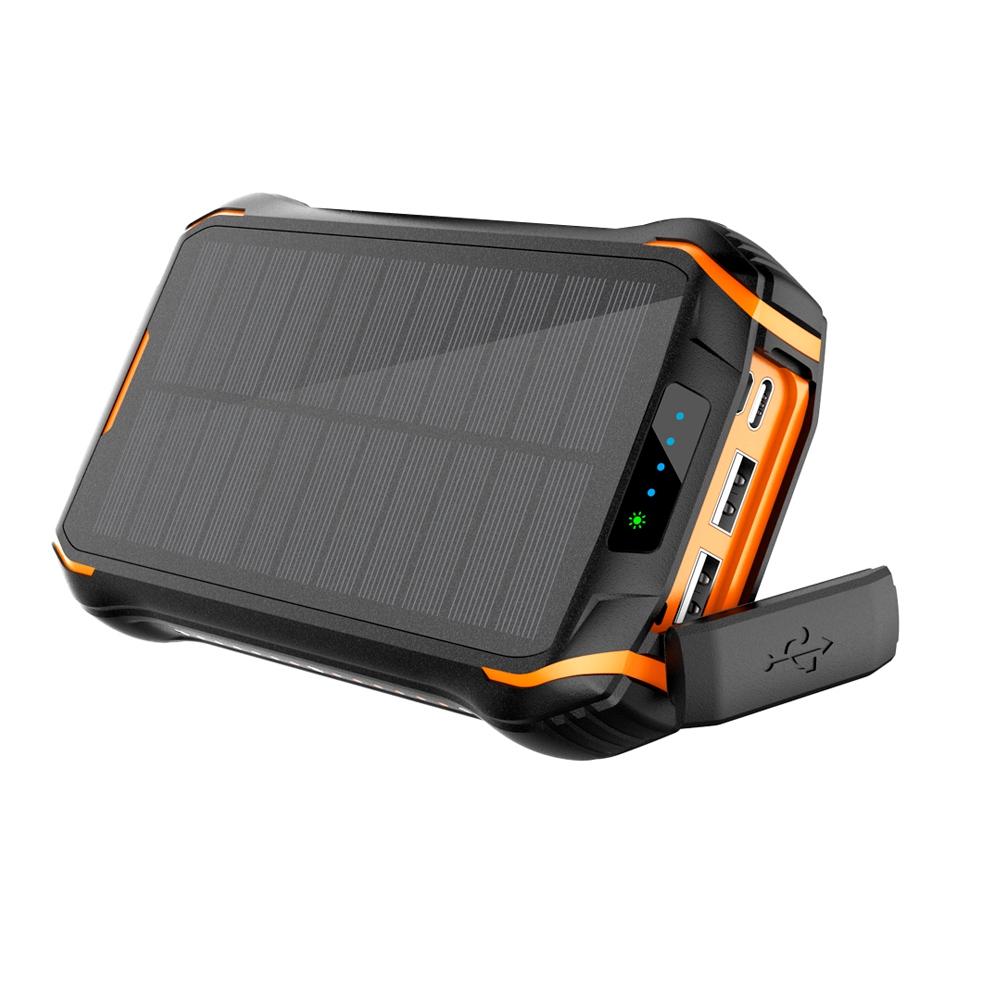
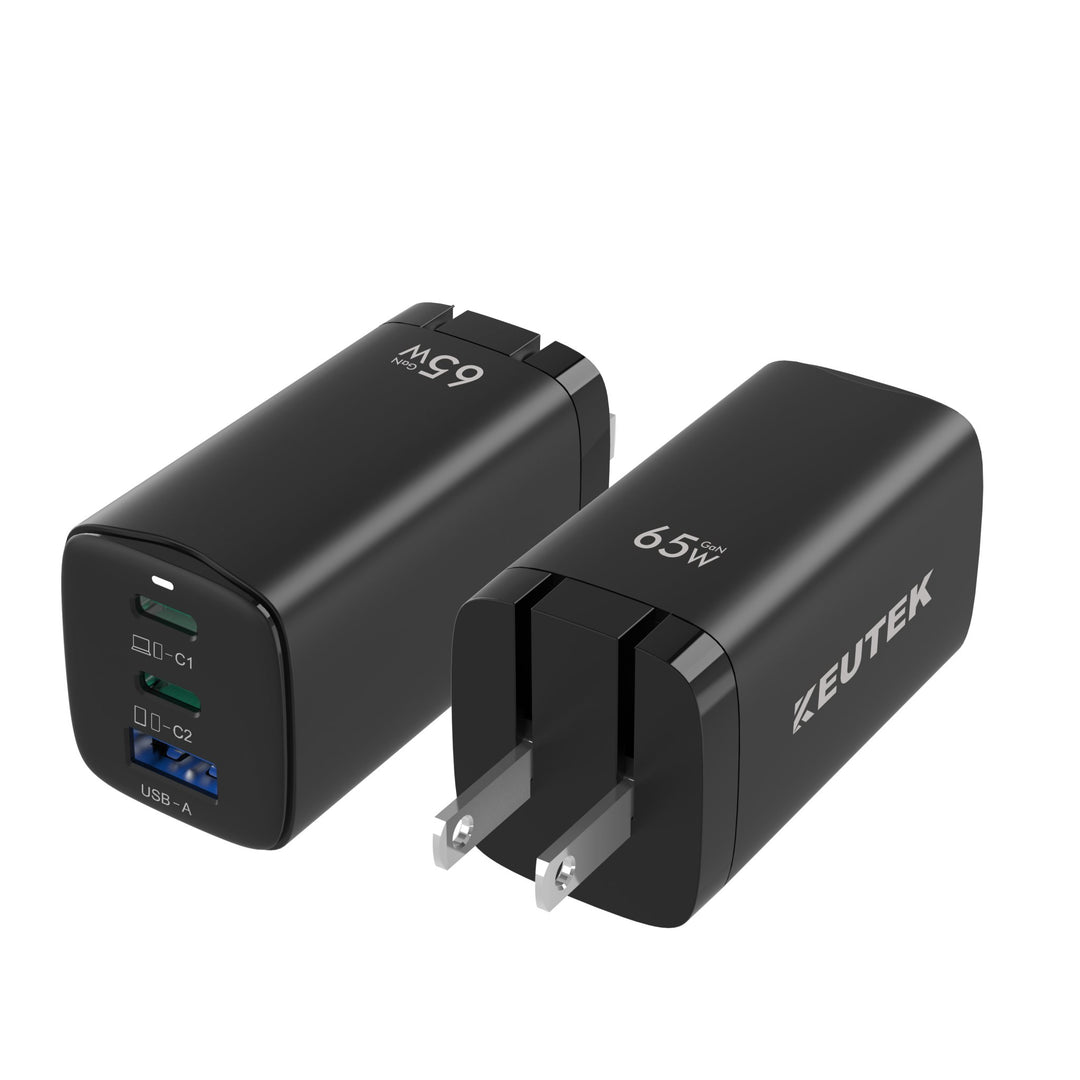

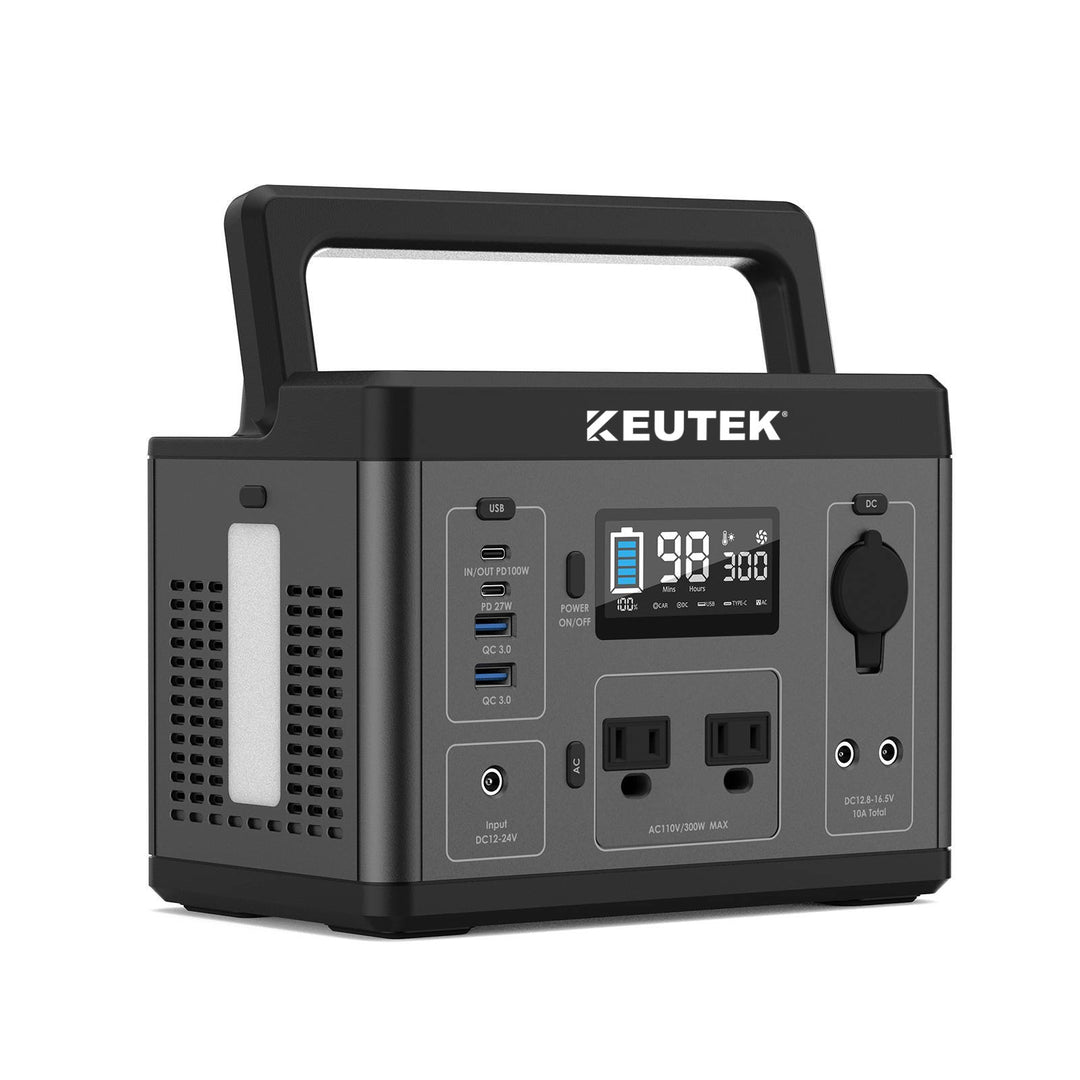
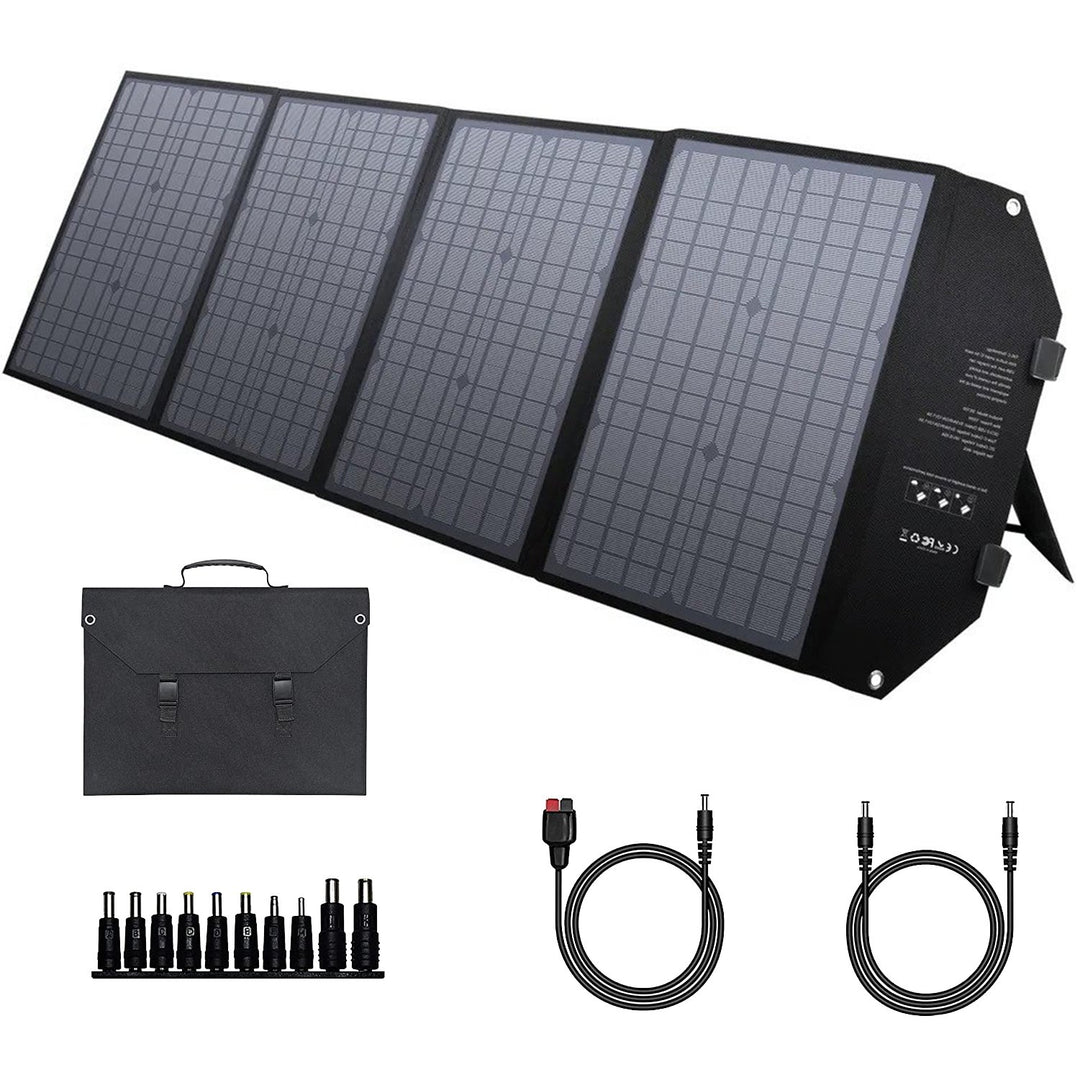
Leave a comment